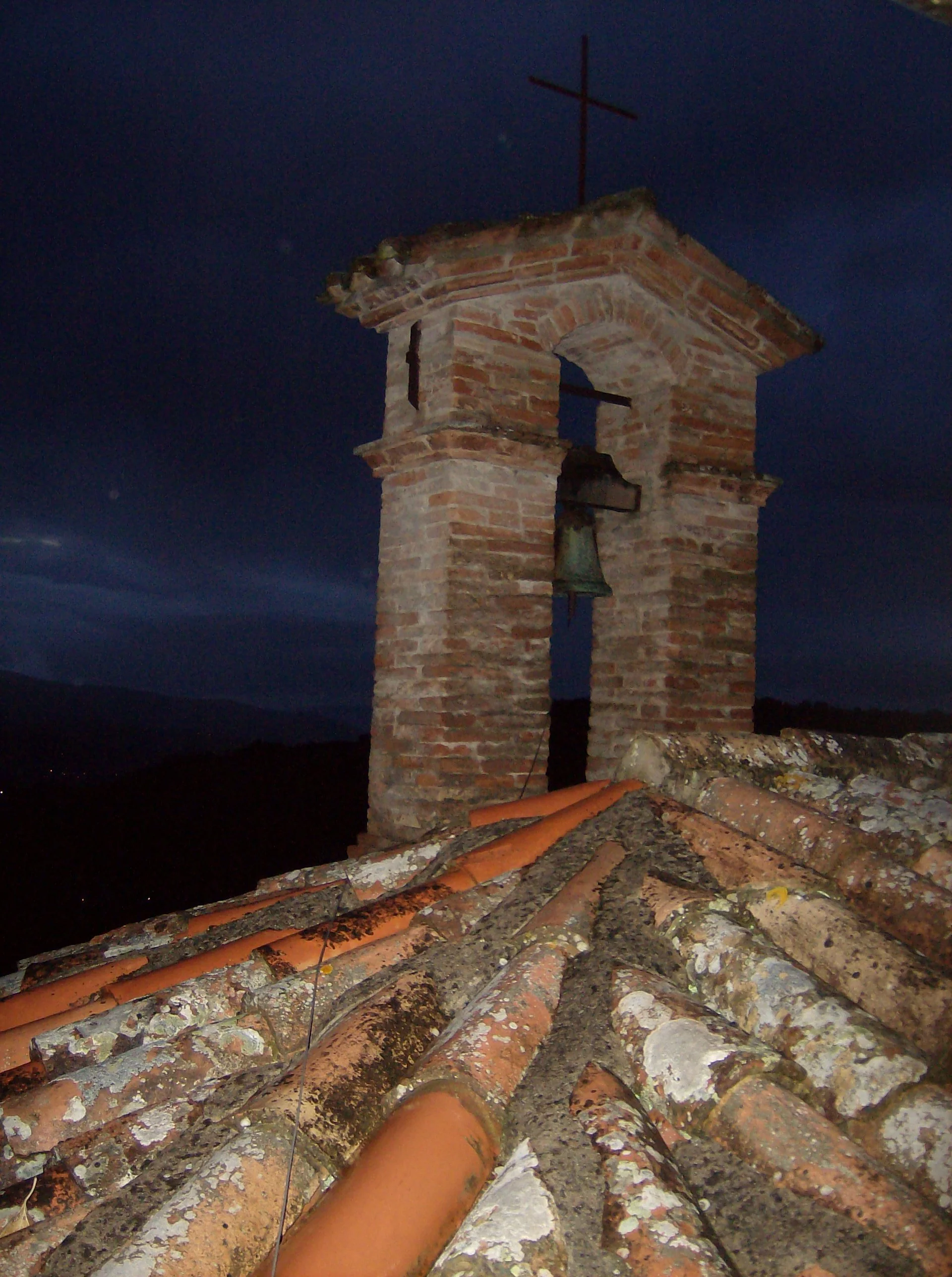Finding Francis
/Another Monk's Tale, like its subtitle, came to me accidentally and mystically. My Italian friend, Roberta, was encouraging me to write a book about the Umbria region, where she lives, and an agent in Great Britain thought it might be a good idea. I had my doubts if I could pull off a full-length manuscript with the limited time I had, but I went back to Umbria to at least crank out a few magazine and newspaper travel stories.
One afternoon, as we cruised around the city of Città di Castello, where Roberta lives, I noticed a sign advertising a local sulphur hot springs and spa, and I asked her to pull in. We had actually first met there some years earlier at a dinner function. This time I went to see if I wanted to use the hot springs and maybe get a massage. We toured the spa and then had a coffee in a cafeteria, and there Rob introduced me to the owner, Dr. Pasqui.
The good doctor started talking about his "convento," which I misunderstood as the kind of convent where Catholic nuns live, and when he offered to show it to us, I said yes, though I didn't know what I was about to see.
Dr. Pasqui drove us up a wooded hillside road to a Medieval building at the edge of a cliff. It had been a Franciscan friary, and he had spent the last 20 years converting it into an "albergo," or boutique hotel, and though it was beautifully done, he didn't think it was ready. Rob whispered that people in town thought he was a little crazy for so jealously keeping anyone from staying in his hotel.
Pasqui showed us around the grounds, from the bell tower to the basement. Then he opened a big heavy door and led us down a musty staircase. At the bottom, was a stone bench. I asked if it were a jail cell, and he indignantly replied that it was where "The Saint" slept as he dreamt of receiving the holy stigmata in La Verna, just over the border into Tuscany. In Umbria, "the Saint" can only refer to St. Francis of Assisi.
I touched the bench and got a chill -- and an idea. St. Francis' presence there seemed palpable.
It took a while to figure out the plot, and I borrowed a bit from a dark, dark early 20th Century Spanish novella called Sonata de Otoño, Autumn Sonata, by Ramón del Valle Inclán. It's main character was the Marqués de Bradomín, whom Valle Inclán described as an old, ugly, Catholic Don Juan. Thus was born Marcos Bradomin, the protagonist of Another Monk's Tale. The portrait above the stairwell and a notable scene that takes place there were lifted from Valle Inclán. I admit that I also borrowed a conceit from Miguel de Unamuno's short novel, San Manuel Bueno, Mártir. The rest came out of my twisted imagination, a couple of murders I've covered as a crime reporter and my return trips to Umbria.
Dr. Pasqui's convento.

